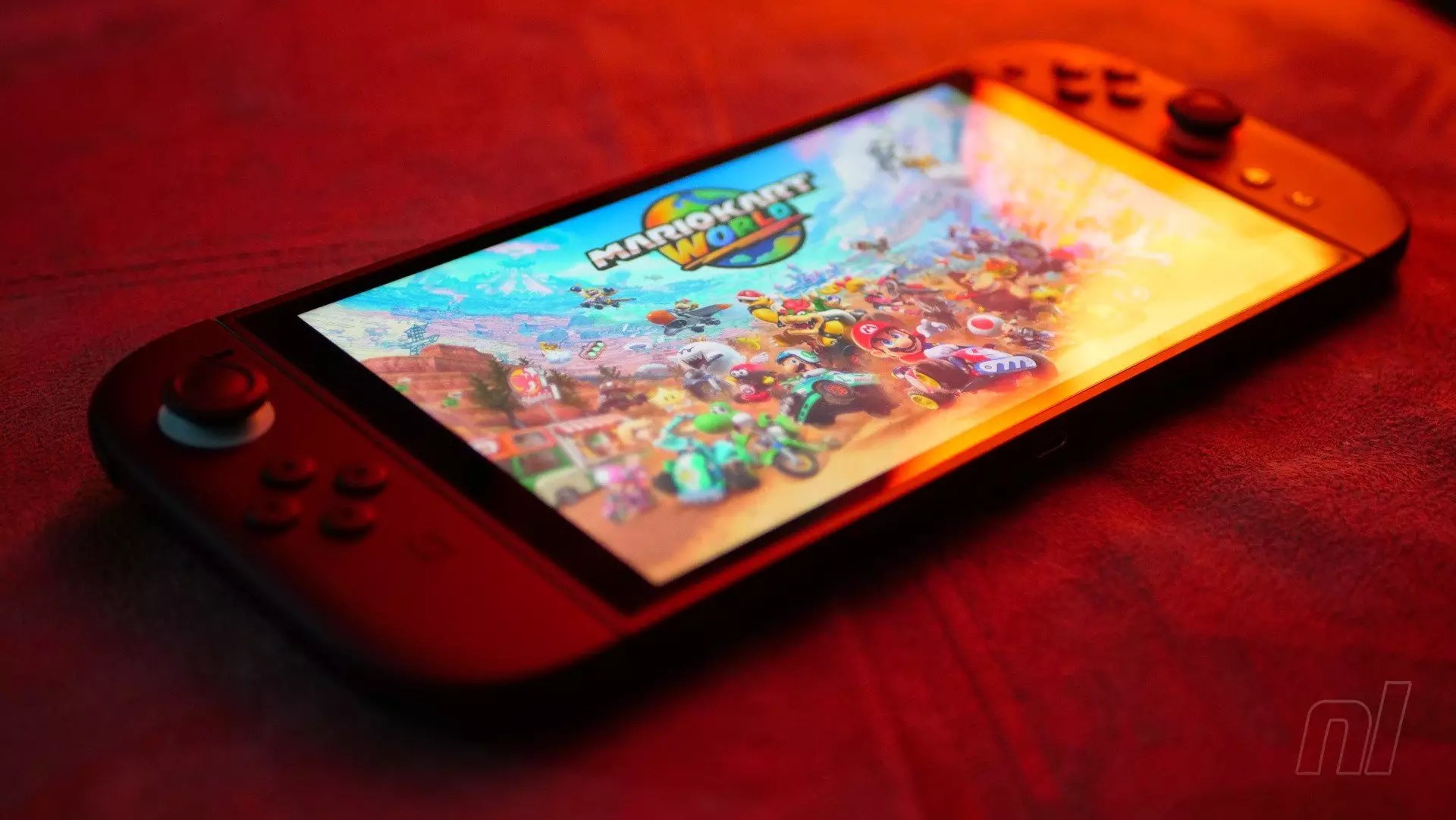As Nintendo launches its highly anticipated Switch 2, many gamers expect a leap in performance, graphics, and overall gameplay experience. With the inevitable increase in processing power, it’s natural that the console generates more heat. To address this, Nintendo wisely integrated a larger fan within the dock, signaling their awareness of thermal management needs. However, recent reports from Japan reveal an unexpected flaw: some units are experiencing overheating issues, adding a layer of concern to the console’s debut. This phenomenon underscores a paradox; a device designed for portability and extended gaming sessions now faces questions about thermal stability under real-world conditions.
Early Reports Paint a Cautionary Tale
Multiple users on social media platforms, including X (formerly Twitter), have shared troubling anecdotes. One user described the console becoming so hot that it was physically uncomfortable to hold, a clear sign that internal temperatures might be reaching uncomfortable levels. Others have reported frantic fan noise—either a sign of the system working overtime to cool itself or an overheating trigger. Although these reports are not entirely conclusive—some mention crashes or system freezes—they raise legitimate concerns. The key question remains: Is the overheating primarily hardware failure, environmental influence, or a combination of both?
Environmental Factors and User Responsibility
Nintendo’s public advice emphasizes proper placement—keeping the console away from heat sources and ensuring no obstruction to vents. These recommendations highlight that user environment plays a significant role in device longevity and temperature regulation. However, even with care, ambient conditions like room temperature, airflow, and room size can impact device performance. It begs the question: Are earlier demonstrations of the console’s warmth understated or overly optimistic? Certainly, the general warming of the device during intensive gaming is expected, yet persistent or extreme overheating points toward design or manufacturing flaws that need addressing.
The Technical Dilemma and Potential Solutions
This emerging issue presents a challenge for Nintendo’s engineering team. Is the current cooling solution sufficient for prolonged intensive use? Might software updates or firmware enhancements alleviate some of these thermal issues? There’s also the possibility that individual units exhibit manufacturing variability, meaning some consoles could be more susceptible to overheating than others. Gamers are rightly concerned—hardware reliability directly impacts their investment and overall experience. If overheating becomes widespread, Nintendo may need to issue proactive recalls or firmware patches, restoring confidence and ensuring gamers can enjoy their new console without cooling anxieties.
A Critical Reflection on Innovation and Responsibility
While technological progress inevitably introduces new challenges, Nintendo’s reputation hinges on how effectively they respond. The overheating reports highlight the importance of robust thermal management, not just in hardware design but also in user guidance. For a device meant to revolutionize portable gaming, such issues threaten to overshadow its strengths. Ultimately, the success of the Switch 2 will depend on the company’s transparency, quick action, and willingness to adapt. As gamers, our role is to remain vigilant, informed, and supportive of manufacturers who prioritize product integrity in their quest for innovation.


Leave a Reply